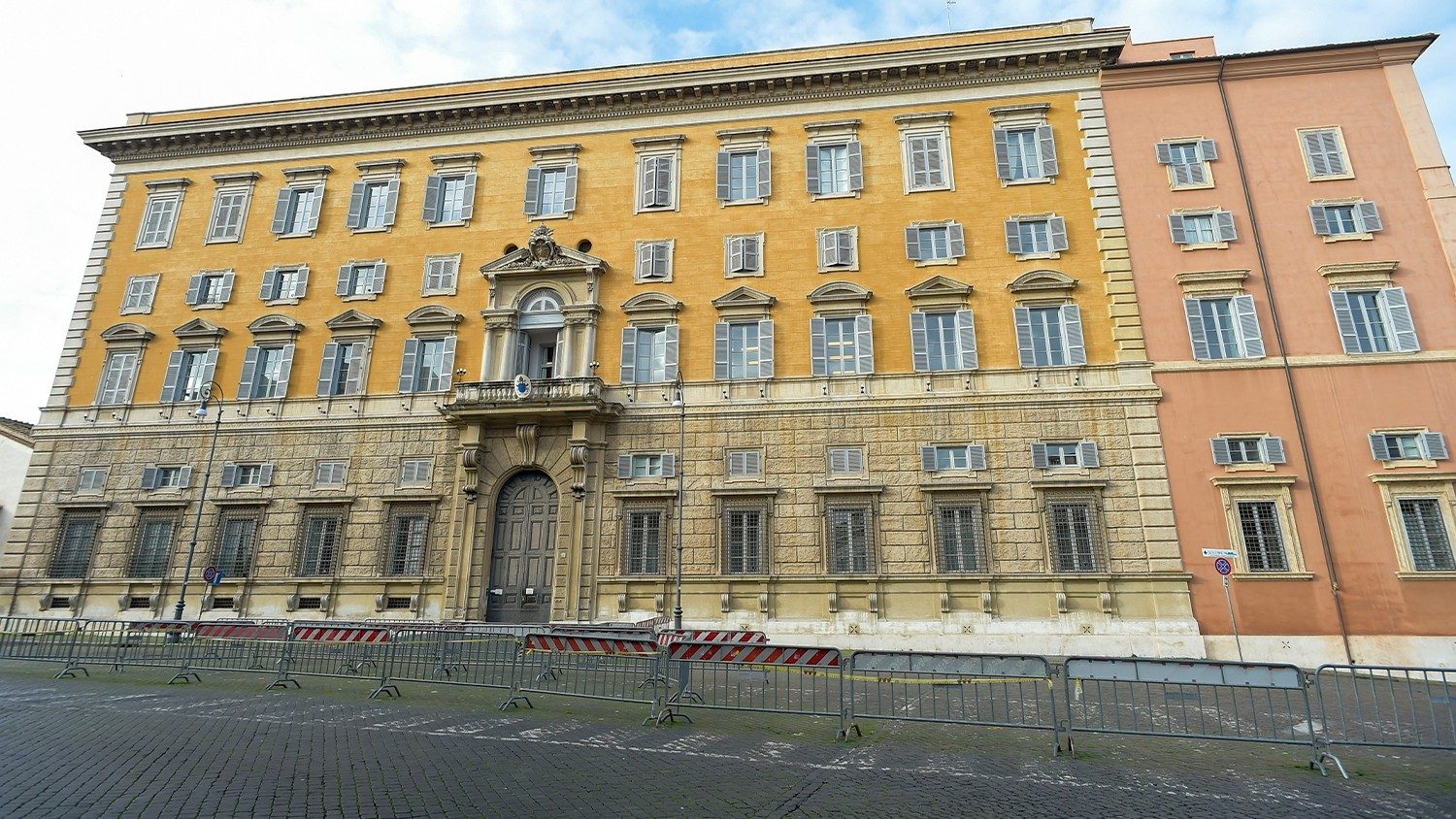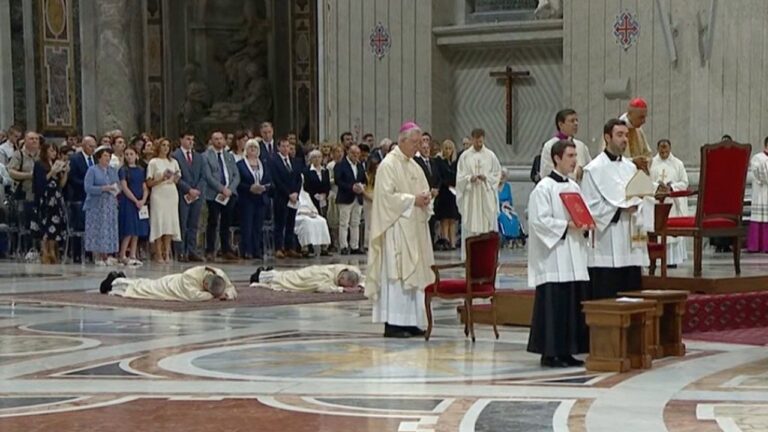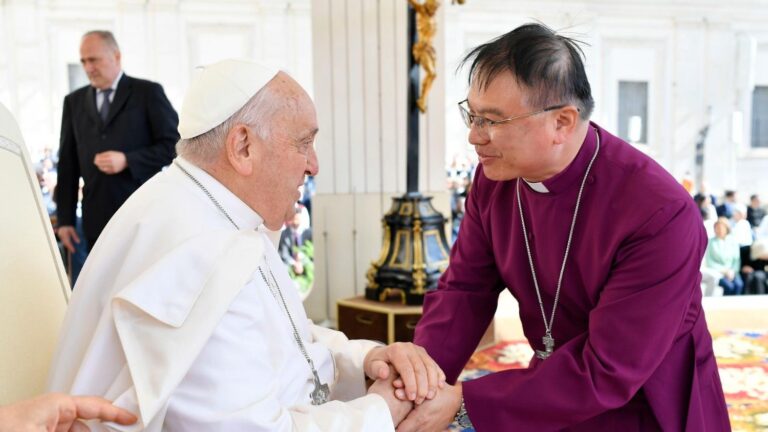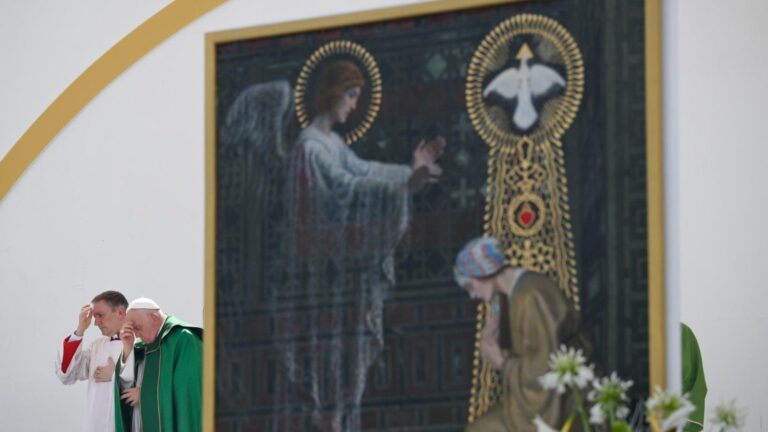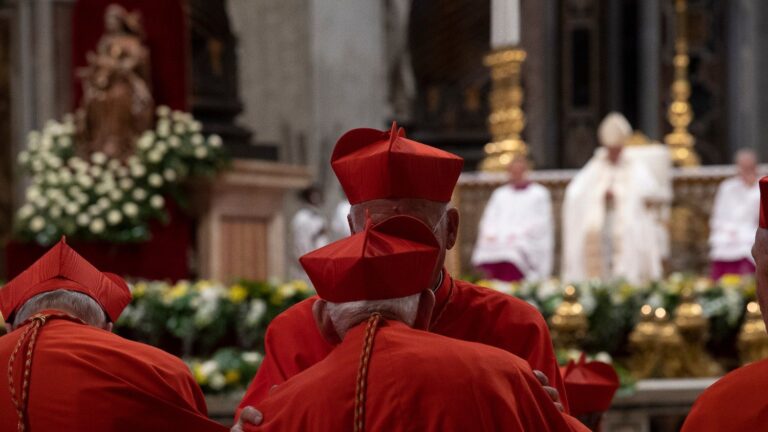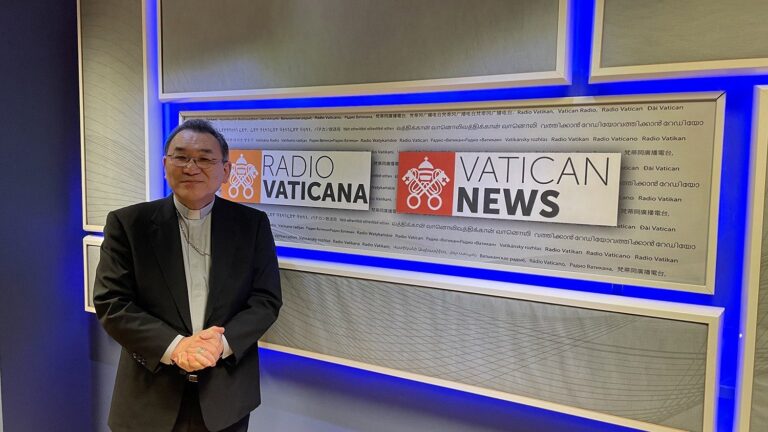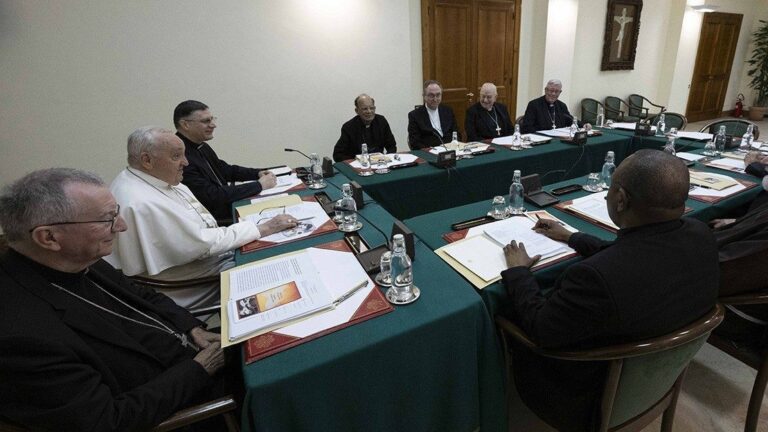Elenita de Jesús: Important for Puerto Rican Church, but she is not the Virgin Mary
The prefect of the Dicastery for the Doctrine of the Faith has issued a definitive decision regarding the alleged supernatural events related to the shrine of the Holy Mountain in Puerto Rico. In the face of attempts to attribute to Elenita de Jesús the identity of Jesus or the Virgin, the judgment is “confirmation of non supernaturalitate.”
By Vatican News
“It cannot be denied that the figure of Elenita de Jesús is of great value for the Church of Puerto Rico and must be considered a stimulus to total consecration to the Kingdom of God.”
But “those who love her” must consider it as a motivation to give themselves to God alone and avoid addressing to her the gestures of devotion that correspond to the Mother of Jesus Christ. It is better not to damage this treasure by distorting its original meaning.
Cardinal Victor Manuel Fernandez, Prefect of the Dicastery for the Doctrine of the Faith, made this clarification in a letter dated August 1, approved by Pope Francisand sent to Bishop Eusebio Ramos Morales of Caguas, Puerto Rico.
The letter dealt with alleged supernatural events linked to the Holy Mountain shrine in the southeast of the island and concerning Elenita de Jesús, a missionary catechist who lived in the late 1800s and early 1900s.
“Statement of non-supernaturality”
“After reading with great attention the documentation” sent by Msgr. Ramos, “which brings together various studies made by people with different points of view” and considering his “considered opinion” as a bishop, Cardinal Fernandez considered it necessary, for the care of the faith of the Catholic faithful, to write “a definitive clarification.”
In the letter, the cardinal prefect states that “any identification of Elenita with Our Lord Jesus Christ, the only Redeemer, or with the Virgin Mary, the first cooperator in the work of her Son, must be totally avoided. Faced with any attempt to attribute to Elenita de Jesús the identity of the Lord, or of the Most Holy Virgin Mary, the judgment can be nothing other than “statement of non-supernaturality“Elenita de Jesús is not the Virgin Mary.”
Therefore, the Bishop of Caguas is authorized to “issue the corresponding decree with the provisions he deems necessary” (cf. DICASTERY FOR THE DOCTRINE OF THE FAITH, Norms for proceeding with the discernment of alleged supernatural phenomena, May 17, 2024, art. 21 §1).
“This also applies to non-authentic apparitions or blood, which should not be venerated,” Cardinal Fernandez added.
According to Article 21 §1 of the new norms on the discernment of presumed supernatural phenomena, “After receiving the response of the Dicastery, unless otherwise indicated, the diocesan Bishop, in agreement with the Dicastery, will make clearly known to the People of God the judgment on the events in question.”
In this case, the final decision is a “Declaration of non-supernaturalitywhich means that “the diocesan bishop is authorized by the Congregation to declare that the phenomenon is recognized as non-supernatural.”
Elenita lived in charity and in the proclamation of the Gospel
Having made this clarification, the Prefect of the Dicastery for the Doctrine of the Faith defined Elenita de Jesús as a woman “who lived under the influence of the Holy Spirit, in charity and in the proclamation of the Gospel, inspired by a profound love for our Heavenly Mother, the Virgin Mary.”
He said she was a catechist who served the Church “at a decisive moment in history, when the Catholic faith was seriously threatened,” identifying “with her suffering people.”
Cardinal Fernandez then quoted the words of Bishop Ramos, according to whom Elenita walked among a very poor people “as a disciple of Jesus and under the mantle of the Virgin Mary”, taking on “the hunger and needs of humble people”, as well as their “anguish of faith and hope”.
She was called “mother” for the beautiful qualities seen in her: simplicity, Christian virtues, austerity of life, spirituality, catechetical capacity, the cardinal noted.
Avoid expressions that generate confusion.
“Elenita,” Cardinal Fernandez emphasized, “had a great devotion to the Virgin Mary. It is said that she carried with her an image of the Virgin, that she sent for one in Spain, that she had several Marian chapels built and that she promoted devotion to the Virgin of Mount Carmel.”
“It is true,” he added, “that in her life we find signs of her great union with the suffering Jesus Christ, and that many of her gestures echoed the affection of Mary, the Mother of Heaven. Various testimonies say that she resembled the Virgin and some, in an excess of admiration, have made the mistake of affirming that she was the Virgin. Some expressions that she herself perhaps used could lead to confusion, but, at that time, when the missionary catechists of those places felt closely identified with a saint, they used words that in reality meant ‘I belong to’, ‘I identify with’. Today we no longer speak in this way because it can lead to confusion. For this reason, any expression of appreciation for Elenita must avoid giving the impression of affirming that she was the Virgin Mary.”
“May the Holy Mountain be a place where Jesus Christ is worshiped”
“The figure of Elenita – said Cardinal Fernández – speaks to us of love for Jesus Christ and Mary, of the dignity of women, of generous dedication, of commitment, of austerity. She also speaks to us in a very eloquent way of the care and defense of the poor.”
And he concludes: “May God grant that, avoiding everything that could create confusion, we turn our ears and our hearts to the Gospel, which must resound day after day on the Holy Mountain, so that it may be a place where Jesus Christ, the only Lord and Redeemer, is adored, as Elenita de Jesús, humble and poor among the poor, would surely have wished.”
